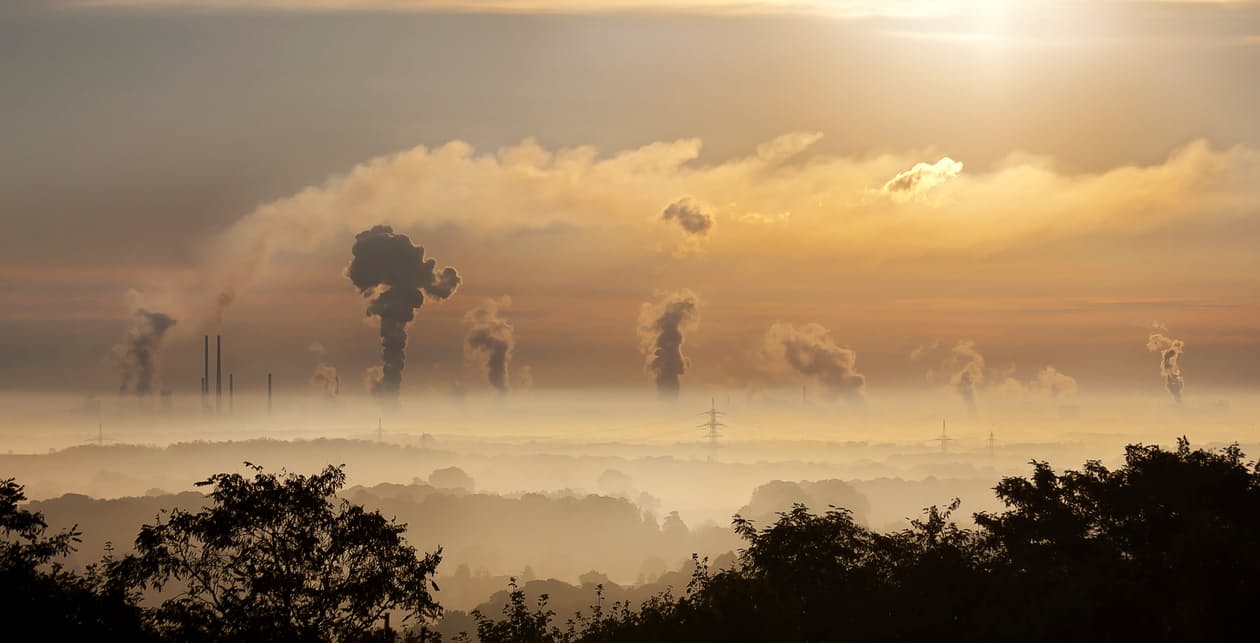Recently, the problem of atmospheric pollution with carbon dioxide and methane, leading to the greenhouse effect – an increase in the average temperature of the earth’s atmosphere, has been more and more clearly demonstrated and discussed. In this regard, I thought about how we can influence the situation on our own now, and decided to find out which plants emit more oxygen than others. I presented the collected data in the list below, but first I would like to talk about why this problem is really important.
The greatest harm to the atmosphere is caused by the current attitude to the electric power industry in the world, namely, the massive combustion of hydrocarbons to convert heat into electricity, as a result of which a colossal amount of CO 2 is emitted into the atmosphere.

Unfortunately, most people, due to a lack of awareness of climatic processes, simply do not understand how dangerous an increase in average annual temperatures of the atmosphere is. The consequences of the phenomenon are truly catastrophic:
- The melting of glaciers, which provide a huge supply of solid water, is causing sea levels to rise, which in turn floods coastal areas around the world, and entire cities could be destroyed by flooding. Already today, some regions are faced with this problem. Cities laid out on coastlines before emissions spiked now have to contend with flooding and destruction.
- Rising sea levels will also affect important ocean currents. For example, the warm course of the golf stream risks being significantly affected by ice melting in Greenland, which will lead to a sharp climate change in the European part of Eurasia.
- With an increase in temperature, evaporation and concentration of water vapor also increase, which speeds up the process, starting it in a closed circle.
- The activity increases and the composition of the air masses changes, which ultimately already manifests itself in an increase in the number of thunderstorms and hurricanes destroying settlements, infrastructure and forests. If the rise in temperatures does not slow down, then the number of dangerous cataclysms will only grow annually.
Which plants give off more oxygen?
Not many people know the fact that plants are not the most efficient in terms of converting light energy into chemical bonds with the release of oxygen. and cyanobacteria, also often referred to in the literature as oxyphotobacteria, blue-green algae, cyanoprokaryotes, or even cyanea. In the latter case, it is important not to confuse them with jellyfish of the same name.
According to various scientific data, cyanobacteria perform from 20 to 40% of all photosynthesis on earth.
Nevertheless, in spite of the lower efficiency, it is the plants that play the huge role of the “lungs of the planet”.
In general, the efficiency of oxygen evolution can be roughly assessed by the growth rate. The higher it is, the faster the plant releases oxygen. But do not forget that the plant spends part of the energy on the growth of roots, therefore, the growth rate of the visible aboveground part is only an indirect, incomplete indicator.
The most effective is sugar cane. Its oxygen evolution efficiency reaches 8% under ideal conditions. In favorable natural conditions, growth is about 7%.

The next in efficiency, with a significant lag behind sugarcane, are high-yield agricultural crops – their photosynthetic efficiency ranges from 1% to 2%.

At the bottom of the list are the least in terms of short-term efficiency, but not in importance, the rest of the plants that do not yield a crop. Their rates range from 0.01% to 2%, but due to their wide distribution and independent growth without human leaving, they make a huge contribution to the conversion of the greenhouse CO 2 accumulated in the atmosphere into oxygen necessary for breathing.
